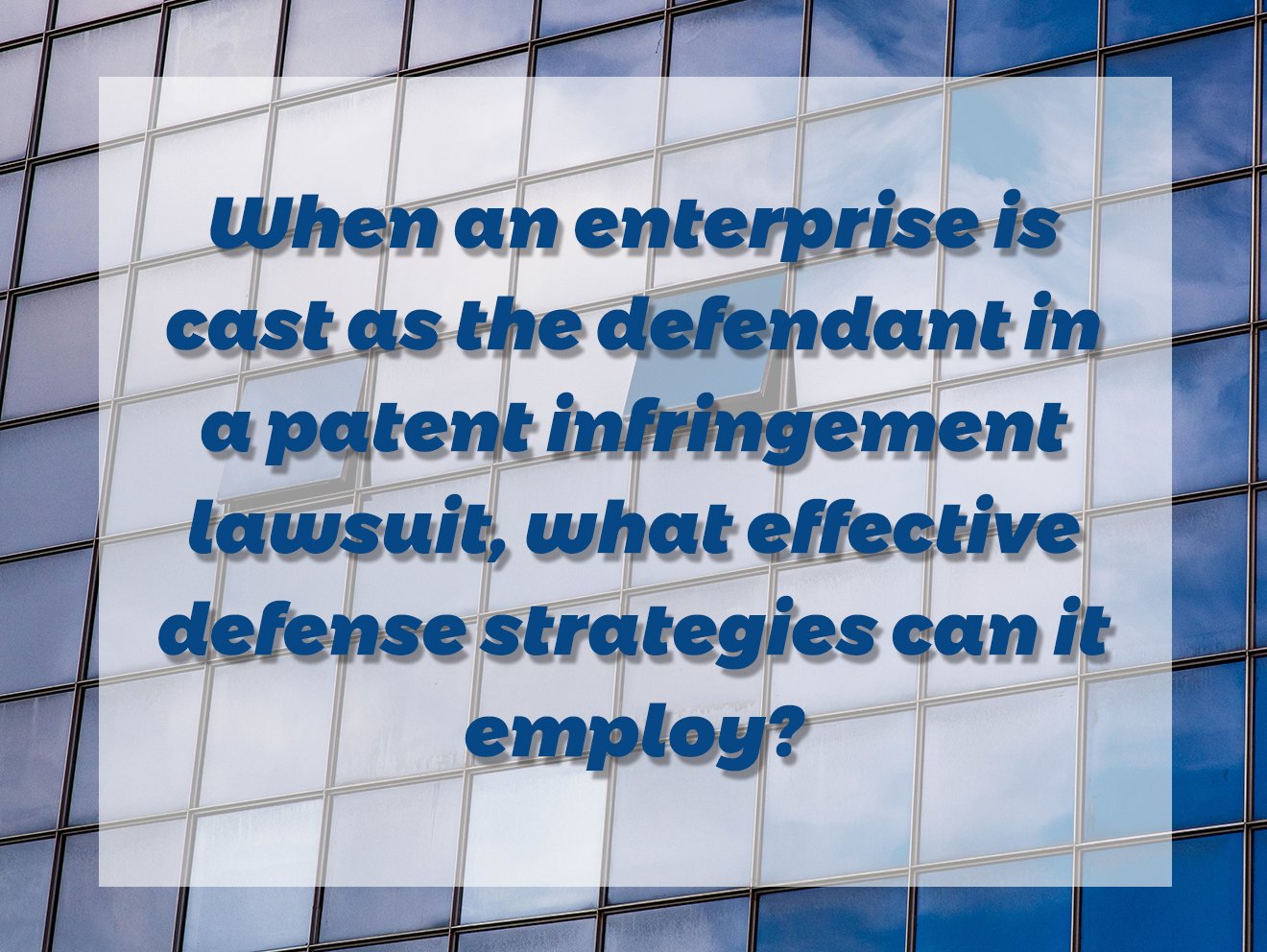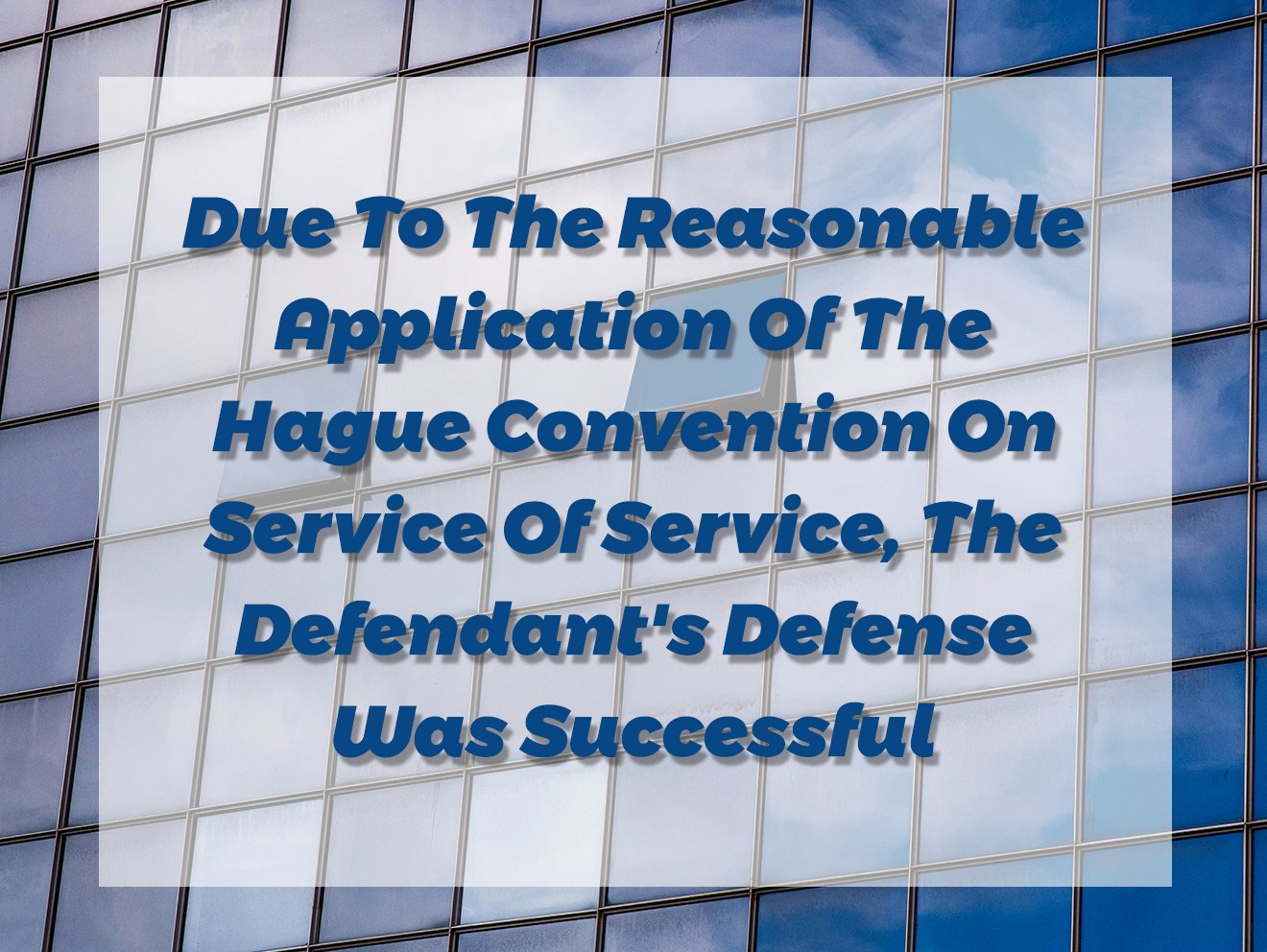Does Patent Rejection Appeal Require You to Modify Your Claims?
Does patent rejection review require modification of claims? How to ensure that the modified protection scope is appropriate while overcoming rejection reasons.
When applying for reexamination after a patent is rejected, it is not necessary to modify the claims, but modifying the claims is a common strategy used to overcome the defects pointed out in the rejection decision.
If the applicant believes that there are misunderstandings or unreasonable reasons for the examiner’s rejection, they may not modify the claims, but instead seek the support of the review committee through opinion statements and evidence provided.
Common modification strategies for claims in patent reexamination procedures
(1) Merge claims;
(2) Introduce technical features from the instruction manual;
(3) Reconstruct the combination of technical features based on the publicly available plan in the instruction manual;
(4) Other
Please note that the modified claims must meet the following requirements
(1) Overcoming the deficiencies identified in the rejection decision;
(2) Ensure that the modified content does not exceed the scope of the original specification and claims;
(3) Maintain protection for core invention points.
The impact of unreasonable claims
Unreasonable modification of claims can significantly reduce the scope of protection and even damage the core invention points. Even if authorization is ultimately obtained through re examination, it cannot be effectively protected. The patent may not effectively cover related products or technologies in the market, thereby reducing its commercial value and market competitiveness.
In order to avoid unreasonable limitations, it is necessary to be cautious when modifying the claims, and to inspect the technical integrity, infringement coverage, and alternative solutions of the modified claims.
(1) Technical integrity check: Ensure that the modified claims still contain all necessary technical features to solve the technical problem;
(2) Infringement coverage test: simulate possible infringement scenarios for reverse engineering testing;
(3) Equivalent range test: Evaluating the space of alternative solutions for technical features.
In patent reexamination, modifying the claims in any way is a complex and important process that requires the applicant or agent to have solid professional knowledge and rich practical experience. By following the above modification principles and precautions, the success rate of patent reexamination can be effectively improved, and broader patent protection can be sought for applicants. It is also the key to ensuring that patents have legal effect and commercial value.
【 Disclaimer 】 The above is the content compiled by the editor for learning and exchange. Please feel free to correct. If you encounter any issues with the content or copyright of your work, please contact the editor in the background in a timely manner, and we will handle them promptly and properly. If you would like to learn more about intellectual property content, please feel free to leave a comment. We will listen carefully and work together! Thank you for your attention!

Shanghai Bulu Intellectual Property Agency (Special General Partnership)
Phone:+ 86 (0)21 5833 8320
Email: info@bulu-ip.com
Address: Room 607, Yinqiao Building, No. 58 Jinqiao Road, Pudong New Area, Shanghai
© 2025 Shanghai bulu Intellectual Property Firm. Created with ❤ using WordPress and Kubio




